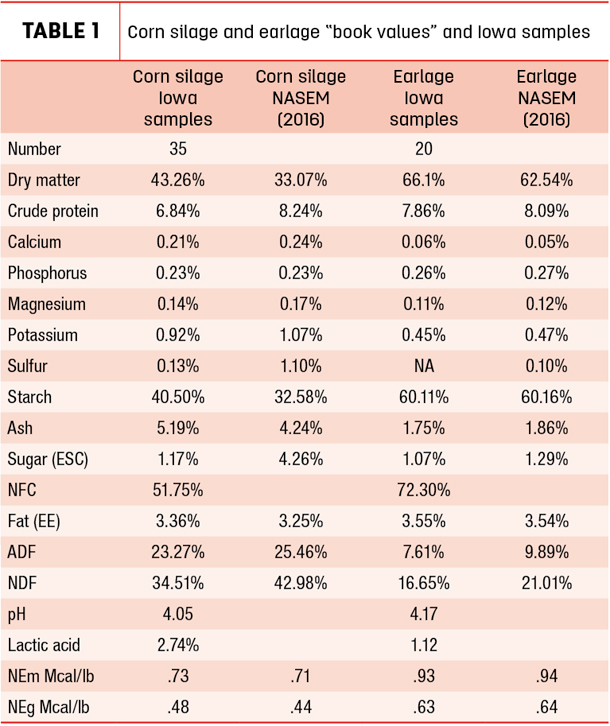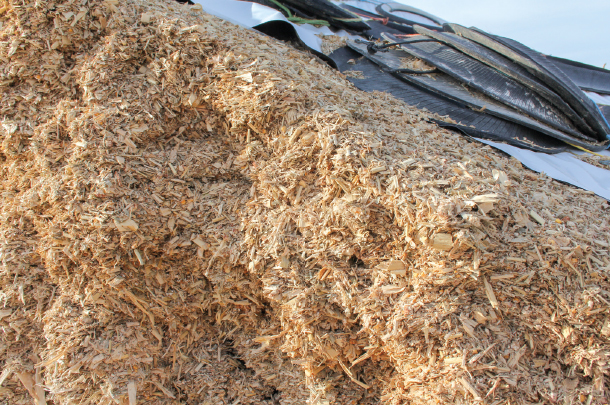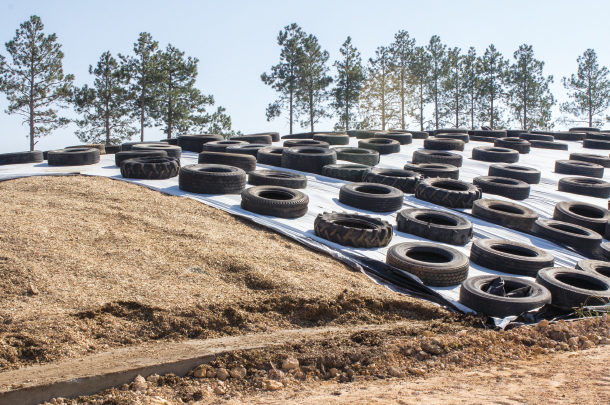However, quality can be variable due to several factors, including variety, stage of harvest, and the quality of storage and fermentation. Silage quality can be evaluated in three basic ways, including chemical composition, in vitro digestibility and fermentation analysis.
Chemical analysis can be conducted by wet chemistry methods or using near-infrared (NIR) technology. This includes the standard nutritional measures that contribute to the requirements of the animal. Energy values, including total digestible nutrients or net energy, are measured directly but are estimated from feed components including fiber. In vitro digestibility tests involve incubating a silage sample in rumen fluid to estimate digestibility.
Often, this gives a more accurate energy determination than estimation based on chemical components. Fermentation analysis evaluates the quality of the fermentation process. This includes silage acidity or pH, lactic and other organic acid production, and other fermentation products.
In 2017, Iowa Beef Center regional beef specialists surveyed beef producers on the use of corn silage and earlage, as well as practices related to corn silage and earlage harvest, storage and feeding. As part of the survey, corn silage and earlage from Iowa beef producers were sampled for chemical composition (Table 1).

Also shown in Table 1 are the “book values” from the 2016 Nutrient Requirements of Beef Cattle (NASEM, 2016) for comparison.
Compared to the book values, the Iowa beef producer samples were lower in dry matter and protein for corn silage. Beef producers in Iowa have a tendency to harvest silage at a more mature stage to optimize forage yield relative to fermentation quality, especially in comparison to dairy producers. Earlage samples were also lower in protein but only slightly drier than book values. This is consistent with a trend for lower protein content in the corn grain as yields have increased.
Mineral levels in the Iowa silage samples are very similar to those in the NASEM. However, the corn silage samples from the Iowa beef producers are higher in starch and lower in fiber than expected based on the reference numbers. Earlage samples were similar in starch but also lower in fiber. The calculated energy values for both feeds are very close to the reference values in the NASEM.
The earlage samples collected from beef producers in this summary were primarily harvested with a forage harvester equipped with a snapper head. The more precise description would be ensiled, high-moisture snapped ear corn.

The pH values of 4.05 and 4.17 in the corn silage and earlage samples respectively are very close to a target pH of 4.0. The lactic acid percentage of 2.74 percent is below a target of 5 to 10 percent for high-quality corn silage but is consistent with the drier product.
Both silage and earlage samples were evaluated for particle size using the Penn State particle separator. Finer particle size can enhance packing efficiency and improve starch digestibility in some diets. Larger particle size imparts more effective fiber and can improve acidosis management in finish diets. The particle size of both earlage and corn silage had considerable variation in these samples, especially for earlage. For example, the percent of sample in the bottom tray (less than 4 millimeters) ranged from 32.5 to 85 percent in the earlage samples.
Another factor to consider in evaluating silage is the combination of yield and quality. Programs that evaluate milk production or beef production per acre can account for this combination. Particle size can also be an important measure of silage quality for specific feeding applications. For beef cattle, quality components are much more important for growing or backgrounding diets when relying on the feed for significant nutrient contributions, compared to a finishing diet relying on the feed as a roughage source.
The survey results suggested that inclusion of silage averaged 26 percent in lighter cattle and less than 12 percent for cattle greater than 1,000 pounds. Earlage was included in the diet at 30 to 35 percent.
Overall, based on the results of this survey, beef producers are generally producing silage and earlage with excellent nutritional values; however, much variation exists. Variable particle size and effective fiber potential is quite large and should be monitored. More research is needed in this area to define optimums for various beef diets. Due to this variation, producers could greatly benefit from more testing and nutrient analysis. ![]()
References omitted but are available upon request. Click here to email an editor.
PHOTO 1 & 2: For beef cattle, quality components are much more important for growing or backgrounding diets when relying on the feed for significant nutrient contributions, compared to a finishing diet relying on the feed as a roughage source. Photos by Lynn Jaynes.

-
Dan Loy
- Iowa Beef Center
- Iowa State University
- Email Dan Loy












